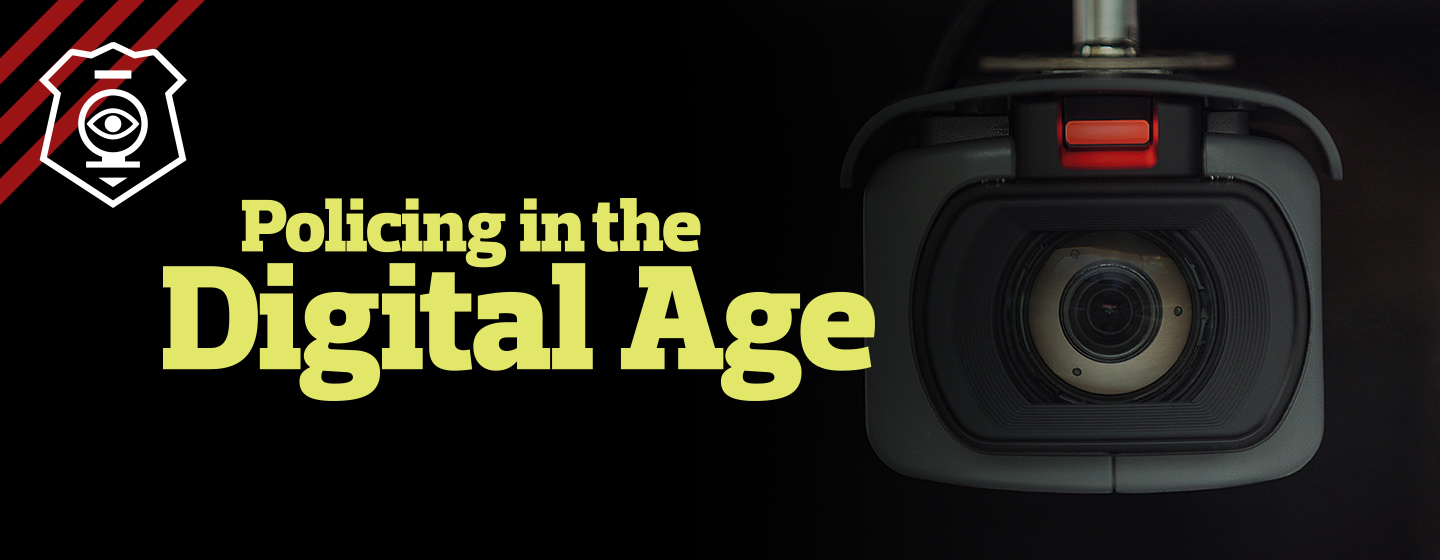Police Departments Turn to In-Car Video Cameras to Boost Accountability, Transparency
When two Alachua County (Fla.) sheriff’s deputies shot and wounded an armed robbery suspect last May, the incident proved why dashboard-mounted cameras in patrol cars are so valuable.
Driving in separate vehicles, the two deputies confronted the suspect in a parking lot minutes after he allegedly robbed a Gainesville, Fla., post office at gunpoint. In the video, one deputy clearly told the suspect to stand in front of his patrol car and to keep his hands visible. The suspect initially approached the car but then backpedaled, reached into his pocket and pulled out a gun.
The deputies fired at the suspect, who survived the shooting and was later charged with three felonies. Three months later, the dash-cam footage was made public after state officials cleared the deputies of wrongdoing. The video served as key evidence in their decision.
“The video and audio from in-car cameras bring about accountability, and in this case, it provided clear evidence that our officers acted in accordance with policies and procedures,” says Sgt. Brandon Kutner of the Alachua County Sheriff’s Office.
Public-safety agencies equip their vehicles with in-car cameras primarily for three reasons: to build public trust through transparency, to gather evidence and to review footage to facilitate training, says Grant Fredericks, a certified forensic video analyst and instructor at the FBI National Academy.
As officer-involved shootings come to light more frequently, digital video recording systems that document the interactions between police and the public provide a neutral, third-party account of what transpired.
“In-car video systems build public confidence,” says Fredericks, owner of Forensic Video Solutions in Spokane, Wash. “The accountability goes two ways: When there are complaints from the public, video can be pulled to see if police are acting professionally. And police can use the cameras for internal investigations.”
Increasing Deployments of In-Car Cameras
The number of cameras that the Panasonic Arbitrator 360 HD in-car camera system can simultaneously support in each vehicle
SOURCE: Panasonic
Anecdotally, adoption of in-car video cameras has grown in recent years, Fredericks says. While teaching at the FBI National Academy, he regularly polls his students who work in local, state and federal law enforcement. The number of agencies who use in-car recording systems has risen from about 20 percent to 80 percent. “It’s certainly a ubiquitous tool throughout law enforcement, and those that don’t have it are getting it,” he notes.
Cities and counties are in different stages of adoption. For example, the St. Petersburg (Fla.) Police Department previously equipped seven Driving Under the Influence unit vehicles and three transport vehicles with the cameras. The department is studying whether to deploy body-worn cameras, but in the meantime, the in-car cameras have proved so beneficial that Chief Anthony Holloway wants to install cameras in every new cruiser.
Last summer, the police department purchased 15 Panasonic Arbitrator 360 HD in-car video recording systems for its street crimes unit’s patrol cars. The department plans to purchase up to 50 new in-car camera systems in 2016 and in each following year, says Mary Watkins, supervisor of information and technology. “As we acquire new vehicles and replace old ones, we will add the video systems to the price of cars,” she says.
Elsewhere, the Alachua County Sheriff’s Office has three generations of Panasonic Arbitrator video systems deployed in its 150 vehicles, says Network Administrator Mark Floyd.
The department purchased high-definition in-car cameras about two years ago, but it still has some standard-definition systems that date back to 2007. “The cameras have a good life span,” Floyd says. “With each iteration, the resolution on the video gets better and the software is easier to use and maintain.”
Serving as Impartial Observers
Dashboard cameras, mounted near the window visor on the passenger seat side of the vehicle, document traffic stops, interactions with drivers and other traffic-related instances. Backseat cameras, mounted on top of the security partition between the front and back seat, record what happens in the back of cruisers when suspects are transported.
St. Petersburg Police Officer Robbie Arkovich says video evidence from the cameras is much more reliable and convincing than the testimony, helping him secure convictions in DUI cases and proving drivers committed traffic offenses.
“It’s important to show the judge and jury exactly what happened — that an impaired driver was swerving on the road or if someone runs a red light in front of you,” says Arkovich, a DUI investigator who brings DVD copies of footage to court.
When officers catch the suspected burglars in robbery investigations, they sometimes leave them alone in the car for a few minutes to see if they concoct a story or make incriminating statements. “There is no expectation of privacy, so we let them talk, and sometimes they will admit to the crime,” Arkovich says.
Sparking an Attitude Adjustment
In-car cameras improve public safety because they encourage officers and the public to be on their best behavior during routine stops, says Kutner of the Alachua County Sheriff’s Office. “People are a lot more civil and less aggressive if they know video and audio are being recorded, and that makes our deputies feel more confident about their safety,” he says.
To improve public trust, the Sheriff’s Office routinely reviews video footage to make sure deputies are not racially profiling drivers. Supervisors review footage if there’s an altercation or if someone accuses a deputy of misconduct. “It protects us from erroneous complaints,” Kutner says.
Law enforcement also uses the videos for training. Supervisors regularly review videos and show officers what they did wrong and what they could have done better, creating a learning experience.
Enhancing Situational Awareness
Real-time video from in-car cameras also improves situational awareness, allowing supervisors to manage situations from headquarters, says Lt. Thomas Randall of the Brazos County Sheriff’s Office in Texas.
The county has Panasonic Arbitrator systems in 26 vehicles for the sheriff’s office and 22 vehicles for the county’s constable precincts. If deputies are at the scene of a major accident or if suspects are barricading themselves inside a building, supervisors can access live video from multiple in-car cameras onsite, Randall says.
Instead of calling the scene commander and taking that person away from his or her duties, Randall can log in to the cameras of each car and watch for himself, either on a computer monitor or a larger display at the command center. He can then make decisions, such as to send additional vehicles, relieve deputies or deliver food or water during protracted events.
“People out at the scene have their hands full,” Randall says. “I can pull up the cameras, see what the deputies are doing, run logistics and manage my portion from the office.”
To learn more about how law enforcement is using technology, check out "As Video Surveillance Grows, Police Departments Hunt for Storage Options."










